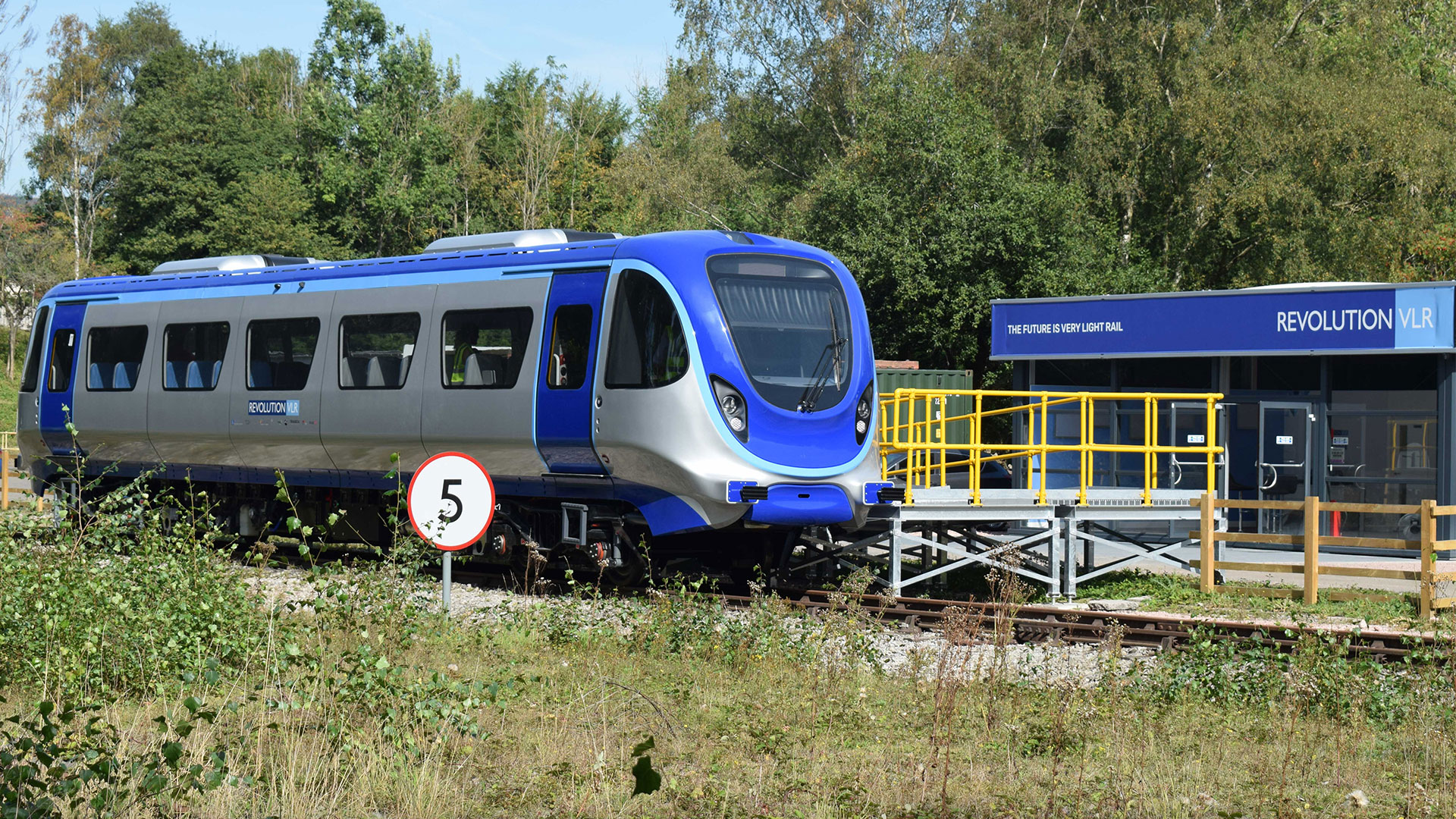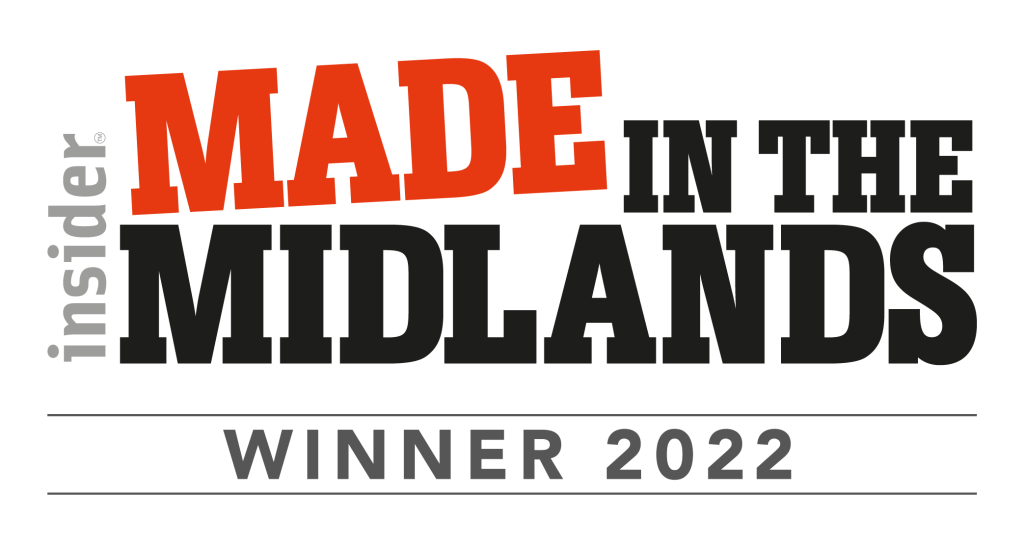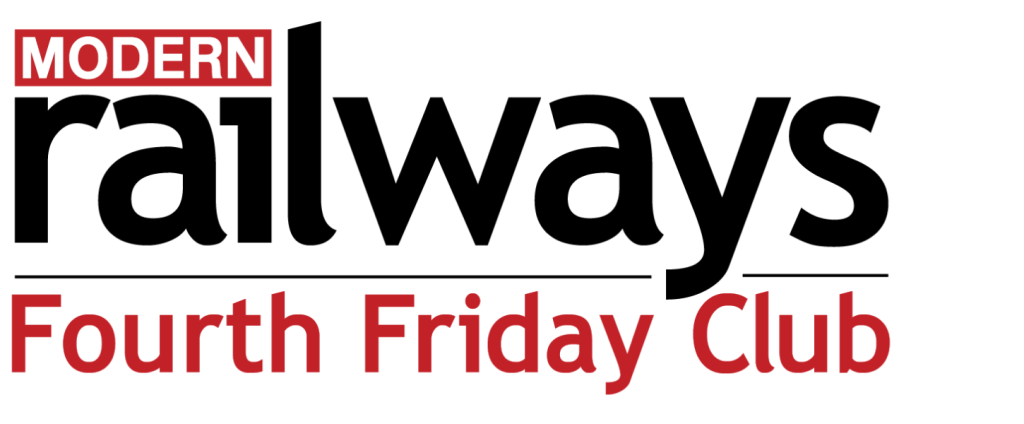
NATIONS, REGIONS, GROUPS & FORUMS
This exclusive feature has been written by Andrew Clark, West Midlands Region for Chartered Institute of Logistics and Transport in the UK.
The West Midlands Region enjoyed a trip to Ironbridge on a drizzly 19th September to ride upon the Revolution Very Light Rail (RVLR) vehicle. The specific location was the RVLR Marketing Suite, which sits alongside the disused passenger and freight railway lines, the latter having until relatively recently carried coal traffic to and from Ironbridge Power Station.
Following some refreshments, Tim Burleigh, Head of External Relations at Eversholt Rail, welcomed visitors to the site. Our group from CILT was joined by others from Network Rail and the Light Rail Safety Standards Board. We then enjoyed an introductory presentation to understand the context for this project.
RVLR is the industry response to a challenge set by the Railway Safety and Standards Board (RSSB) on behalf of the Department for Transport to employ innovative technologies to provide an alternative to traditional heavy rail rolling stock. The team led by Transport Design International (TDI) won the RSSB competition, with Eversholt Rail then joining the team in 2018. Key aims were to deliver:
- A reliable, high-quality passenger experience to encourage modal shift from road to rail
- The lowest possible costs of whole-system implementation and operation
In a nutshell, this is about providing a simple, lightweight vehicle, with operating costs that are much lower than conventional heavy rail vehicles, also leading to less wear on the infrastructure. This concept gives the opportunity to transform the economics of rail schemes, both for existing operations but also for reopening / new railway schemes such as those in the Government’s ‘Restoring your Railway’ programme. Over 400 visitors have now been to the site at Ironbridge, which has been in operation since 2021, with the vehicle also making a visit to the 2022 ‘Rail Live’ event at Long Marston.
Although currently there is a single Demonstrator vehicle only, the team is finalising plans for build of a further three Pre-Series vehicles. The RVLR vehicle is around 40% lighter than the Class 153 – a single car heavy rail vehicle that is still used by some Train Operating Companies in the UK albeit likely in their last years of operation. The bodyshell uses a welded steel ladder chassis, with carbon fibre bodyside panels and carbon fibre/ aluminium cabs and roof, sitting on two bogies, with a cab at either end of the vehicle. While the Demonstrator has hybrid diesel-electric propulsion (powered by two diesel engines and two battery packs), a battery-only variant is under development. Acceleration is comparable with a modern electric train, with a maximum speed of up to 65mph.
Following the presentation, the group then enjoyed a short trip on the vehicle, boarding at the single platform which sits adjacent to the marketing suite. The journey to the depot is about 700m. This was an ideal opportunity to inspect the interior of the vehicle, which has a mixture of bay and airline seating. Despite being well over six feet tall, I am pleased to report there was ample legroom which is certainly not the case for some existing rolling stock types on the network! At the depot, there was time for the group to see the exterior of the vehicle and to ask the engineers lots of questions, before we returned to the other end of the line.
Going forward, building on the knowledge base and experience already gained, the RVLR team’s focus will be on completion of testing on the Demonstrator; achieving approvals and certification for Pre-Series vehicles to operate in passenger-carrying service; and continuing to work with industry partners to optimise whole-system implementation and operating costs. There is expected to be continuing engagement with stakeholders and potential customers in the UK and overseas. There is also a local dimension too, with a feasibility study recently completed to determine whether a route from the Harworth Developments site into Ironbridge and further towards Telford is a viable possibility for commuter and tourist passengers.
We then concluded our visit with a set of questions and answers and some further refreshment. Tim was keen to stress that Stakeholder feedback has been formally captured and is being used to inform the design and specification of future RVLR vehicles. So having visitors to the site serves a variety of purposes – helping to spread the word about the concept, but crucially to also provide targeted feedback that can inform future iterations of the design process.
Given the Government announcement on 4th October, which gave backing to several ‘Restoring your Railway’ schemes, including some in the Midlands, it would appear that the future for this concept is now very strong and surely it is only a matter of time for this to move from concept to reality. In my day job as a rail planner in the Midlands, I am acutely aware of the challenges of keeping operating costs as low as possible, both in terms of the industry today, but also in my sphere of planning for medium to long term enhancements to the network. While the capex usually grabs the headlines, it’s the operating costs that are often the Achilles heel in a business case, so innovative ways to keep this low must surely be welcomed!
Our thanks to the teams at TDI and Eversholt Rail for making us so welcome.




